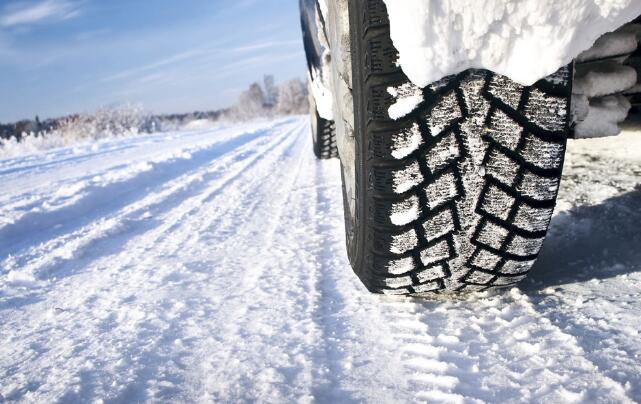Winter comes after a few months in which it seemed that cold and snow would not be present, but it is already here with its advantages and disadvantages. For drivers, it is a time where caution must take for different climatic changes, and here the tires play a fundamental role.
The condition of the tires is key to road safety; in America, almost one in 5 fatal accidents occur with wet asphalt or snow, and the adhesion of the tire plays a fundamental role in this type of accident.
The innovation center of the Goodyear tire gives us some important guidelines on the dangers that we can find on the road if we do not have our tires in perfect condition, especially now that we are in winter.
And we have to know that at a speed of 100 km / h and with rain things change a lot since while the contact area of a new tire is 77%, the grip of a worn tire is only 5 %.
On the other hand, a tire with the groove depth below 1.6, which is the legal minimum, multiplies by three the braking distance concerning braking with a tire in good condition.
The famous “aquaplaning” is very likely to be worn with tires and on top with the wet road.

Therefore we have to exercise caution, check our tires, and also know that there are several alternatives to increase safety in winter. The first one will undoubtedly have the drawing of the tires in perfect condition and the tire pressure according to the recommendations of the manufacturer. However, still having the tires in perfect condition, there are other measures to increase safety in winter, such as winter tires.
Many of you will wonder what this means of winter tires, well, it is a type of tires that allow you to drive in snow or rain conditions with much more safety than with conventional tires.
To get an idea, with conventional tires on snowy terrain and at a speed of 50Km / h, the braking distance is approximately 63 meters. With winter tires, this distance would be reduced to almost half, about 32 meters.
These differences that initially may not seem significant is what can separate us from a great scare.
The main difference of these tires lies in the tread patterns and in the material of which it is composed, silica, which makes them softer and less sensitive to cold.
The chains are undoubtedly a very valid alternative, but with this type of tires, we avoid the risk of snowfall, downpours, or unforeseen frosts, so for 15% more than what a normal tire costs, we are safer during the winter. In addition, turn on the t10 led bulb for fog light can help you improve the lighting illumination while driving.